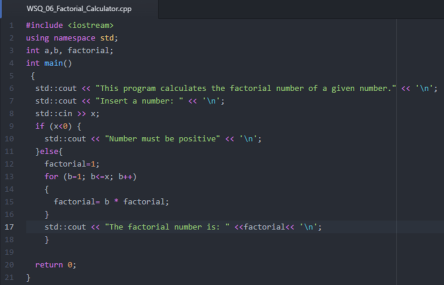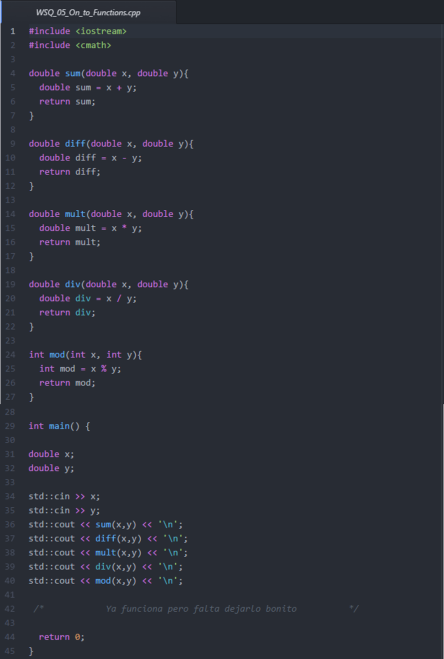--Originally published at The Talking Chalk
In love with the matrix

Last summer, I wandered in the school’s library wondering what the f*** was I doing with my life?, then I found a linear algebra book with the concept of matrices. Though I am not an expert on them, and my knowledge of their uses is quite little, the matrices helped me to make my summer a bit more funny and less depressive.
The code
#include <vector>
#include <iostream>
using namespace std;
int main()
{
int rows, columns, numbers[100][100], i, j;
vector<int> Vector1, Vector2, Vector3, Vector4, ask1, ask2, ask3, ask4;
Vector1.push_back(2);
Vector1.push_back(5);
Vector1.push_back(7);
Vector1.push_back(10);
Vector2.push_back(1);
Vector2.push_back(7);
Vector2.push_back(6);
Vector2.push_back(11);
Vector3.push_back(5);
Vector3.push_back(9);
Vector3.push_back(8);
Vector3.push_back(0);
Vector4.push_back(9);
Vector4.push_back(5);
Vector4.push_back(123);
Vector4.push_back(99454);
cout<<Vector1[0]<<endl<<Vector2[1]<<endl<<Vector3[2]<<endl<<Vector4[3]<<endl;
cout<<“…”<<endl;
cout<<“Now we are going to build a matrix”<<endl;
cout<<“how many columns shall it have?: “<<endl;
cin>>columns;
cout<<“And how many rows? “<<endl;
cin>>rows;
cout<<“Excellent! Now give in the value for each element of the matrix. Row[“<<i<<“], Column[“<<j<<“]”<<endl;
for(j=0;j<columns;j++)
{
for(i=0;i<rows;i++)
{
cin>>numbers[i][j];
}
}
for(j=0;j<columns;j++)
{
for(i=0;i<rows;i++)
{
cout<<numbers[i][j];
}
cout<<endl;
}
return 0;
}
How to?
Though some vectors have predeterminated values, you can create your own matrix with the number of rows and columns you like, inserting whatever numbers you desire to (though the matrix lacks aestethics).
The Topics
#Matrices and vectors
#Nested loops








